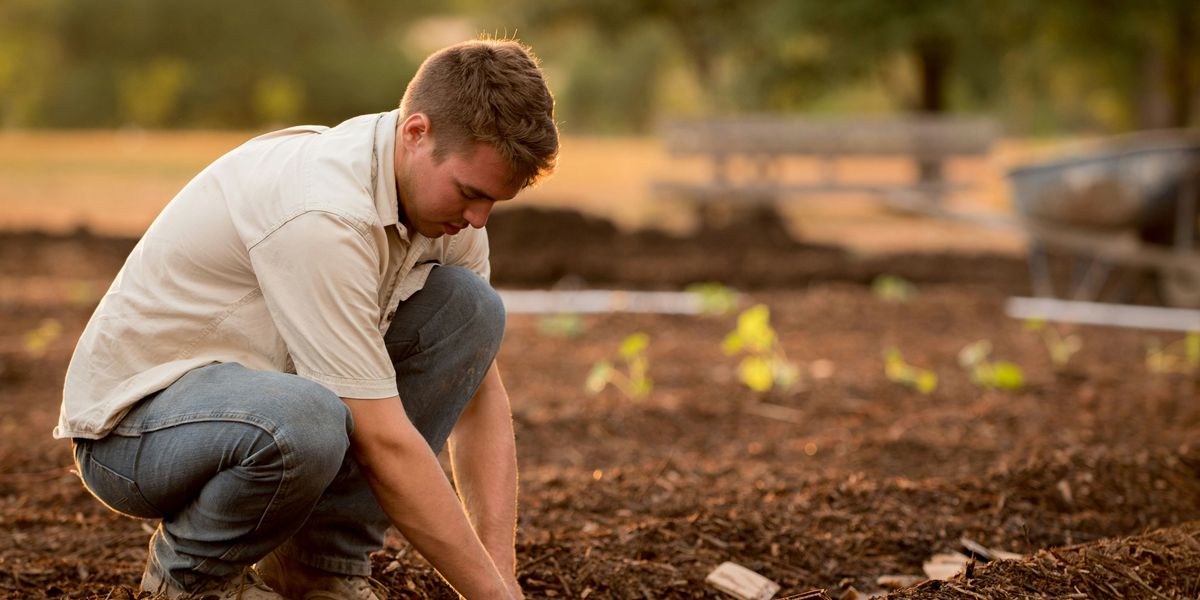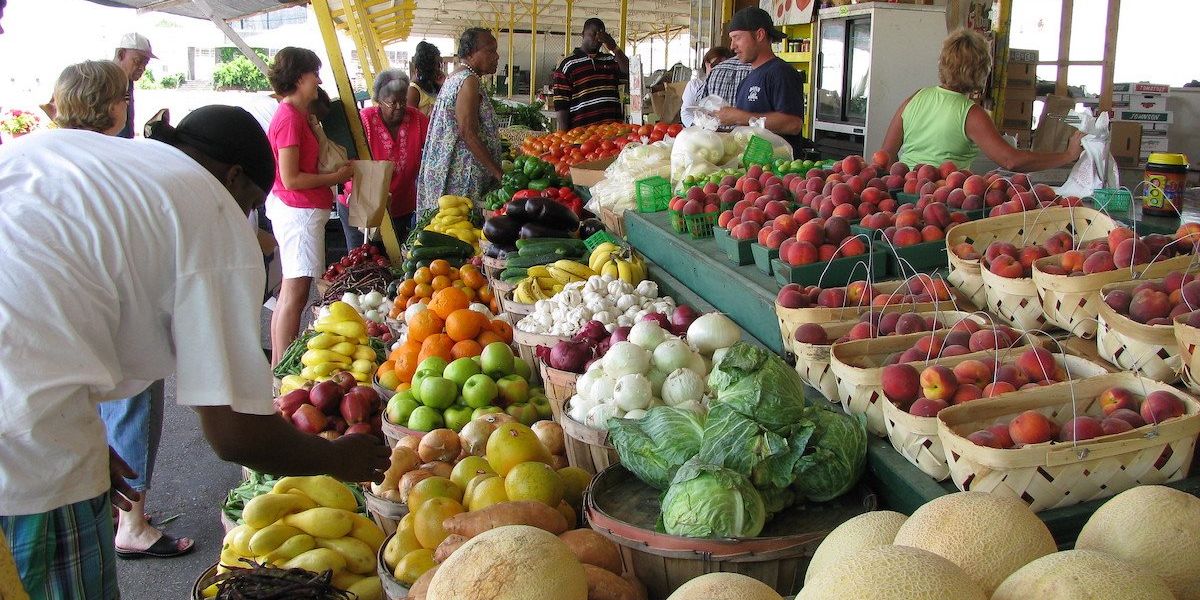
North Carolina farmers still struggle months after Hurricane Helene
Western North Carolina farmers face mounting losses and uncertainty months after Hurricane Helene devastated crops, equipment, and land, with state and federal aid still slow to arrive.
Brady Dennis reports for The Washington Post.
In short:
- The storm caused an estimated $4.9 billion in agricultural losses, wiping out crops, livestock feed, and infrastructure in a region known for apples, Christmas trees, and vegetables.
- Despite $31 billion in federal relief funds for farmers, it remains unclear how much will reach North Carolina or when, leaving many struggling to rebuild before spring planting.
- Farmers face difficult decisions about whether to continue, with some considering selling their land as financial uncertainty and emotional strain take their toll.
Key quote:
“There’s not a gambler in Vegas that has the intestinal fortitude a farmer has.”
— Adam McCurry, agriculture technician
Why this matters:
Agriculture is the backbone of western North Carolina’s economy, but extreme weather events are pushing farmers to the brink. Floodwaters stripped away topsoil, destroyed orchards, and ruined infrastructure, leaving many without the resources to recover. Delayed aid threatens not just individual farms but entire rural communities that rely on agriculture and agritourism. With more frequent storms and climate-related disasters, the survival of small farms grows more uncertain, raising concerns about food security and the future of farming in the region.














